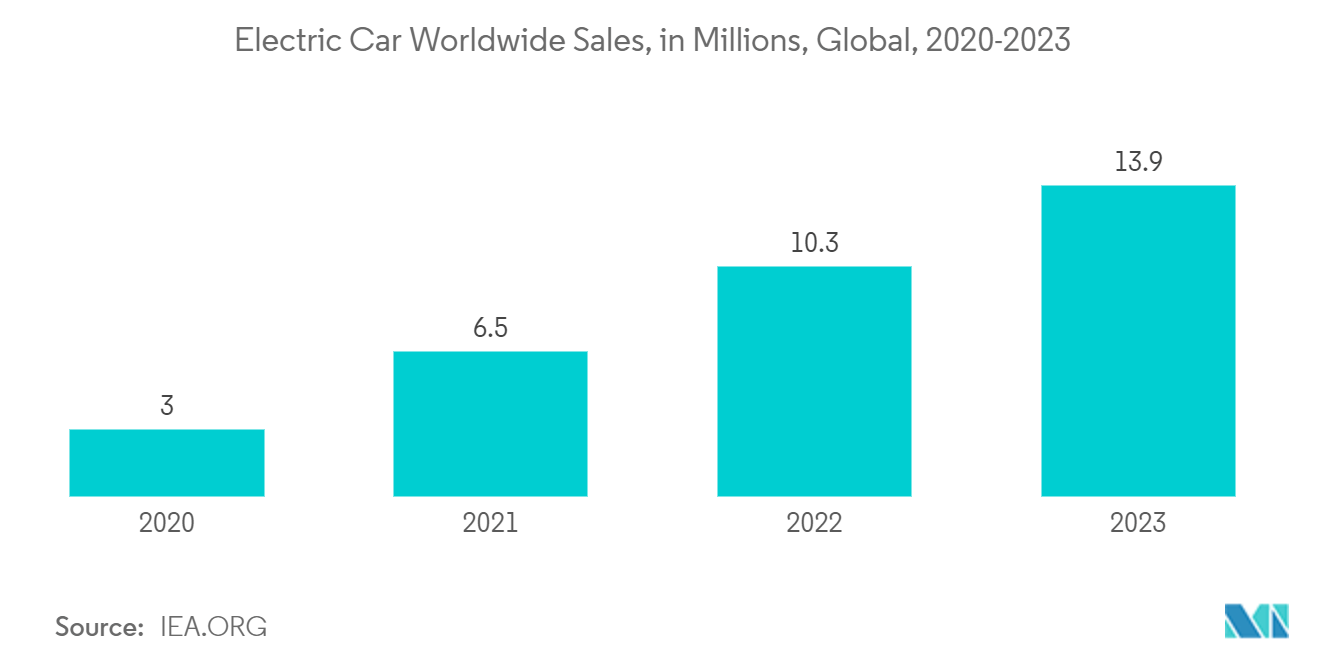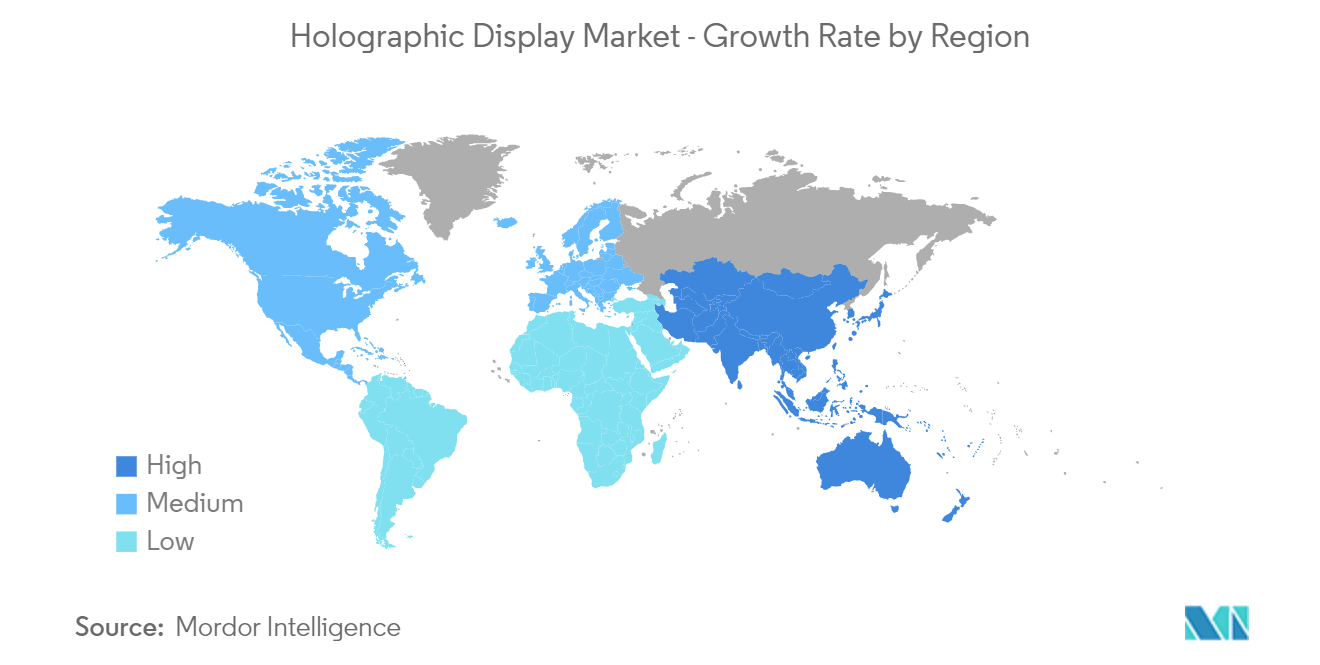Market Trends of Holographic Display Industry
Automotive Segment is Expected to Witness Significant Growth
- The growth of entertainment screens in cars has made the automobile sector a leading user of display technology. Holographic technology is developing swiftly, encouraging suppliers and producers to consider creative automobile uses. By developing materials for applications of the future, several companies are ready to help in the transition from prototype to production. For instance, displays are being put on the front dashboard to incorporate the smartphone interface into the car entertainment system.
- Additionally, there is a strong increase in demand on the market for the display area used by many significant automobiles. In the past, the automobile industry has been slow to adopt new technology. However, it is envisaged that mid-range and lower-range automobiles will replace high-end vehicles as the primary users of holographic displays in the foreseeable future.
- Furthermore, the proposed phase-only holographic display technology strongly replaces LED/TFT displays for head-up display applications. For instance, Range Rover used the holographic HUD for the Evoque because of its versatility in design and low power usage.
- There are various advantages of using film technology for automobile illumination. Holographic films allow engineers and designers of automobiles to use light as a design element. Automakers are now looking into new designs for HUDs that feature augmented reality (AR) technology to overcome these drawbacks.
- The average capacity utilization for the Indian automobile industry during the first quarter of the fiscal year 2022 was about 73 percent. It was an improvement from the prior quarter that had been reported.

Asia Pacific to Witness Significant Growth
- A tremendously profitable market for holographic displays is Asia-Pacific. This is because both developing economies and nations with advanced consumer electronics sectors, like China, Taiwan, and South Korea, are present.
- In automobiles and consumer electronics, Japan and China have been innovators. The markets in these areas have experienced tremendous growth due to matching supply and demand and staying current with emerging technologies.
- The advancement of VR/AR in China is closely tied to hologram technology. While the viewer is staring at a fixed-distance 2D display, VR gives the impression that they are watching something in 3D.
- Manufacturers of displays are enhancing and expanding the capabilities of video wall technology for digital signage. Companies such as Light Field Labs are developing technologies that enable companies to use 3D holographic displays for digital signage.
- The Chinese holographic display market has expanded due to rising consumer electronics sales, growing demand for digital signage innovations in retail, media, and advertising, and rising demand for head-up holographic displays in the automotive sector. Additionally, researchers in Japan have developed a holographic display system with nano-sized pixels that can be viewed from a wide angle.
- Further, the expansion of consumer electronics manufacturing capacities, especially in the South Central region of China, coupled with rising exports to neighboring countries in Southeast Asia and declining average selling prices of various display technologies such as 4K, LCD, LED, and OLED is projected to increase the adoption of holographic display devices in the region.


